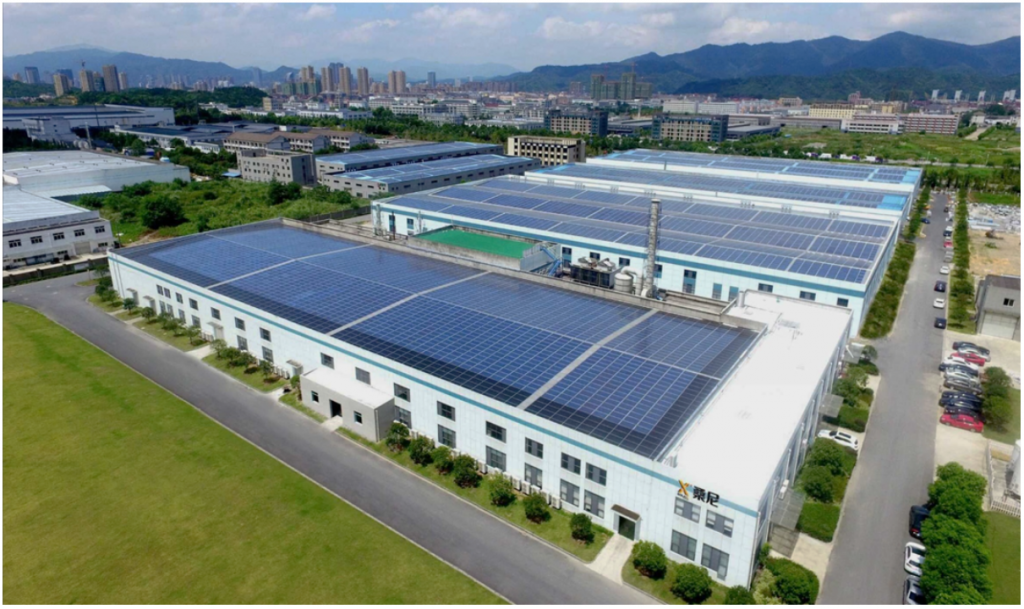robby
Photon Vampire
- Joined
- May 1, 2021
- Messages
- 4,286
There you go at it again."made in usa" when caught :
"designed in usa"
amongst a few
First you claimed that Keith Gough from Sunsync created the Inverter and then you changed the tune and started to say Deye designed it.
We So Far have the CEO of Sol-Ark coming on here saying that they created the 8K model and now you have the Senior Technical Manager from Sol-Ark saying the same thing. If Deye had a leg to stand on they could easily go to court based on these statements.
You also keep saying Deye is making the Firmware! So why is that Deye has only about 5-6 releases of Firmware updates in the last 2 years while Sol-Ark has about 30? Why is Sol-Ark constantly adding new features to their Inverters but Deye is stagnant?
Why don't you just give it a rest. We have actual company reps on here telling us stuff. If you think they are lying then show the posts to Sunsync / Deye and let them sort it out.



